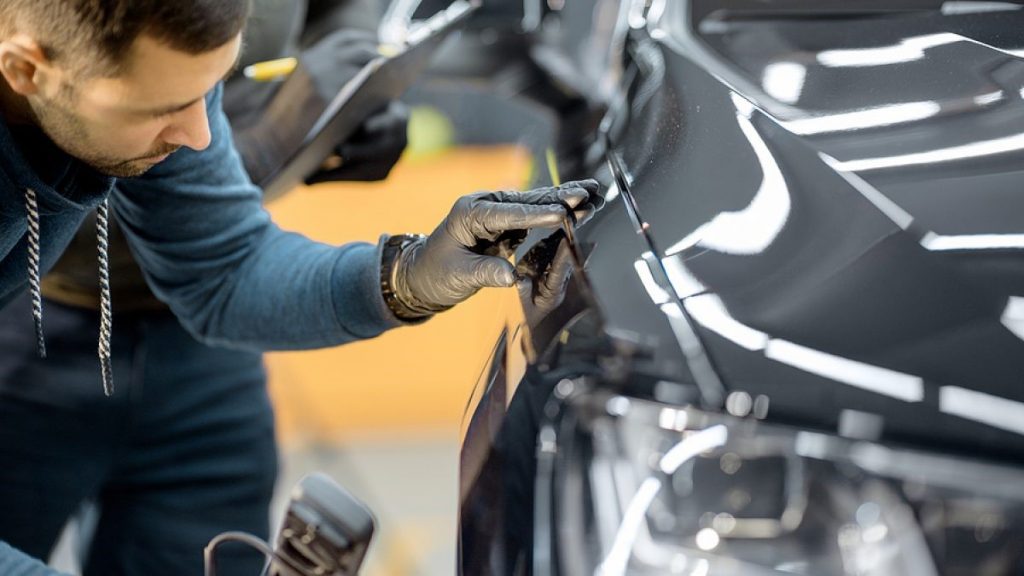
If you want to become an auto body repair technician, you’ll need to learn all about auto body repair, from tools and techniques to job outlook. This article will introduce you to the basics of the field of auto body repair Denver, CO. Besides tools and techniques needed, you’ll also learn how to assess the damage. After learning these subjects, you’ll be ready to repair damaged cars and trucks.
Basics of auto body repair
This NATEF-approved auto body repair course teaches students the basic techniques and theory of auto body repair. Students learn about metal straightening, body alignment, glass and plastic, and effective customer relations. The course emphasizes academic and technical skills, as well as employability practices. Whether you want to become a body shop owner or an independent contractor, this program is for you.
The first step in basic body repair is learning how to identify dents. Dents are deep ridges in metal, and the ridge closest to the point of impact is the best place to start. While an undamaged sheet of metal remains flexible, a dented sheet becomes rigid. You can remove the creases by using fine sandpaper and a water-soaked sponge. You can also use a small hammer to break up any sharp corners.
Techniques
Whether your vehicle needs major repairs or minor repairs, you can rely on the services of an auto body repair technician. They can also repaint delicate surfaces and remove dents. To be successful, you must have a solid understanding of professionals’ processes and standard tools. First, you have to identify the parts of your vehicle that need repair. Damages to individual panels, such as bumpers, are the most common and expensive. While some parts are more affordable to replace than others, the repair process is usually time-consuming and requires specific skills. A professional should have experience working with newer vehicles and should understand their unique characteristics. This should be a key part of your auto body repair service.
Tools
The right tools will help you complete various automotive tasks and keep your car looking new.
Auto body repair tools can make or break a project. If you’re working on a car, a pair of pliers can help you remove dents from the body and sand delicate surfaces. A dual-action air sander can be especially helpful because it will drastically reduce the time spent sanding and applying body fill. Some people prefer to use a metal spaghetti spreader as they are easier to clean and last longer.
Other tools you need to learn about auto body repair include impact wrenches, polishers, and ratchets. Purchasing tools that can be used on different types of vehicles is essential because you’ll need to access parts without damaging the surrounding area. In addition to impact wrenches and ratchets, Lisle makes plastic fastener removers that can pry, turn, and lift plastic fasteners. You can also choose to use plastic clip removal pliers.
Job outlook
The employment outlook for auto body repairers is generally favorable. More cars will be on the road, boosting the demand for collision repairers. While technological advances and changes in automobile quality may temper demand, the increased complexity of vehicles will likely ensure more jobs in this industry. Moreover, insurance companies may recommend replacement over repair, especially when higher deductibles. Furthermore, weather can affect demand, as winter weather and snow increases the chances of collisions.
Those with a high school diploma can find employment in an automotive body shop, although candidates with formal training and industry certification will have the best job prospects. For example, candidates with credentials from the ASE or IICACR will be eligible for supervisory roles. Additionally, applicants must have manual dexterity, strong customer service skills, and an ability to estimate repair costs. While there are many different auto body repair jobs, the automotive glass and windshield sectors remain a thriving stand-alone industry.
